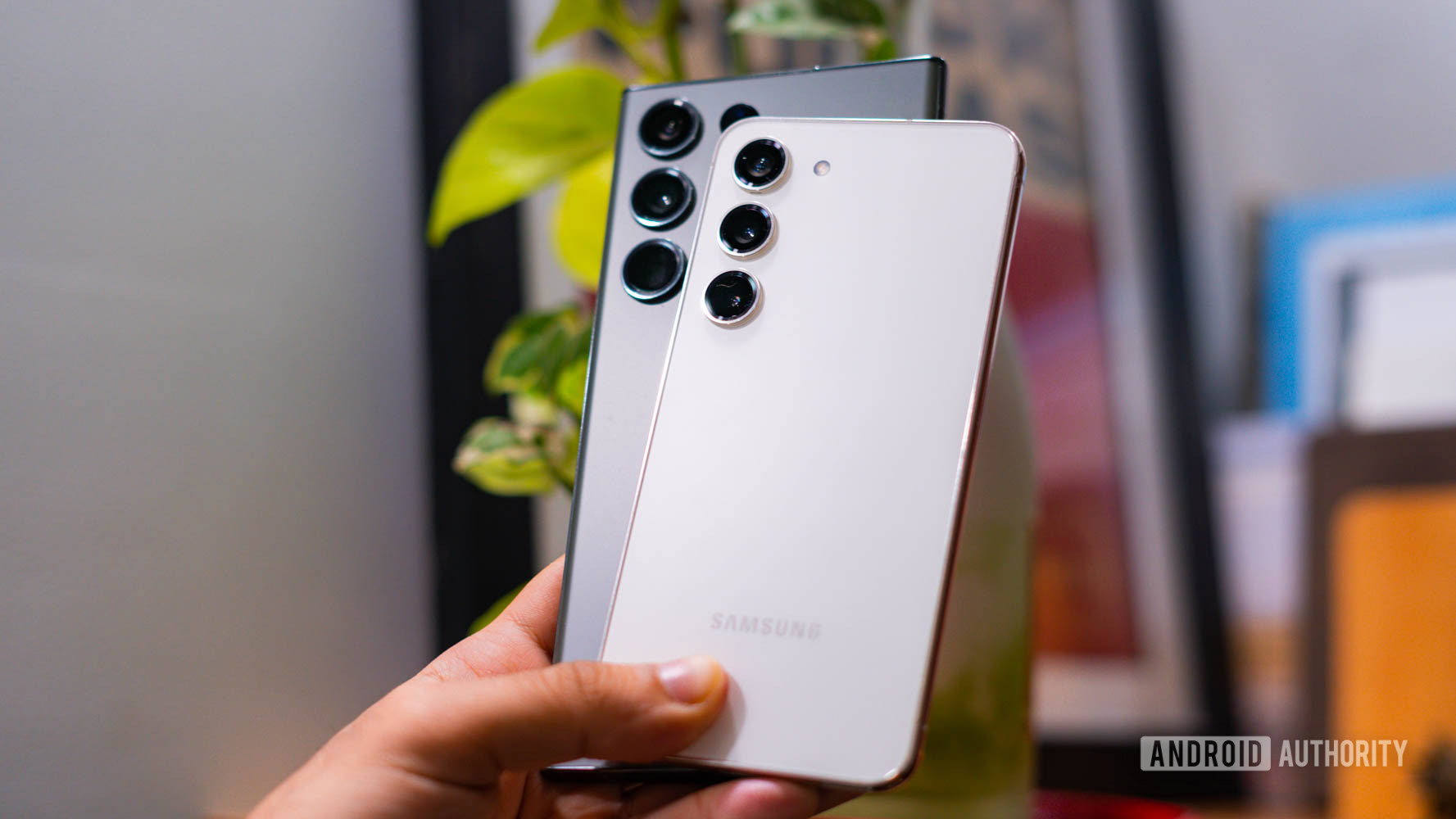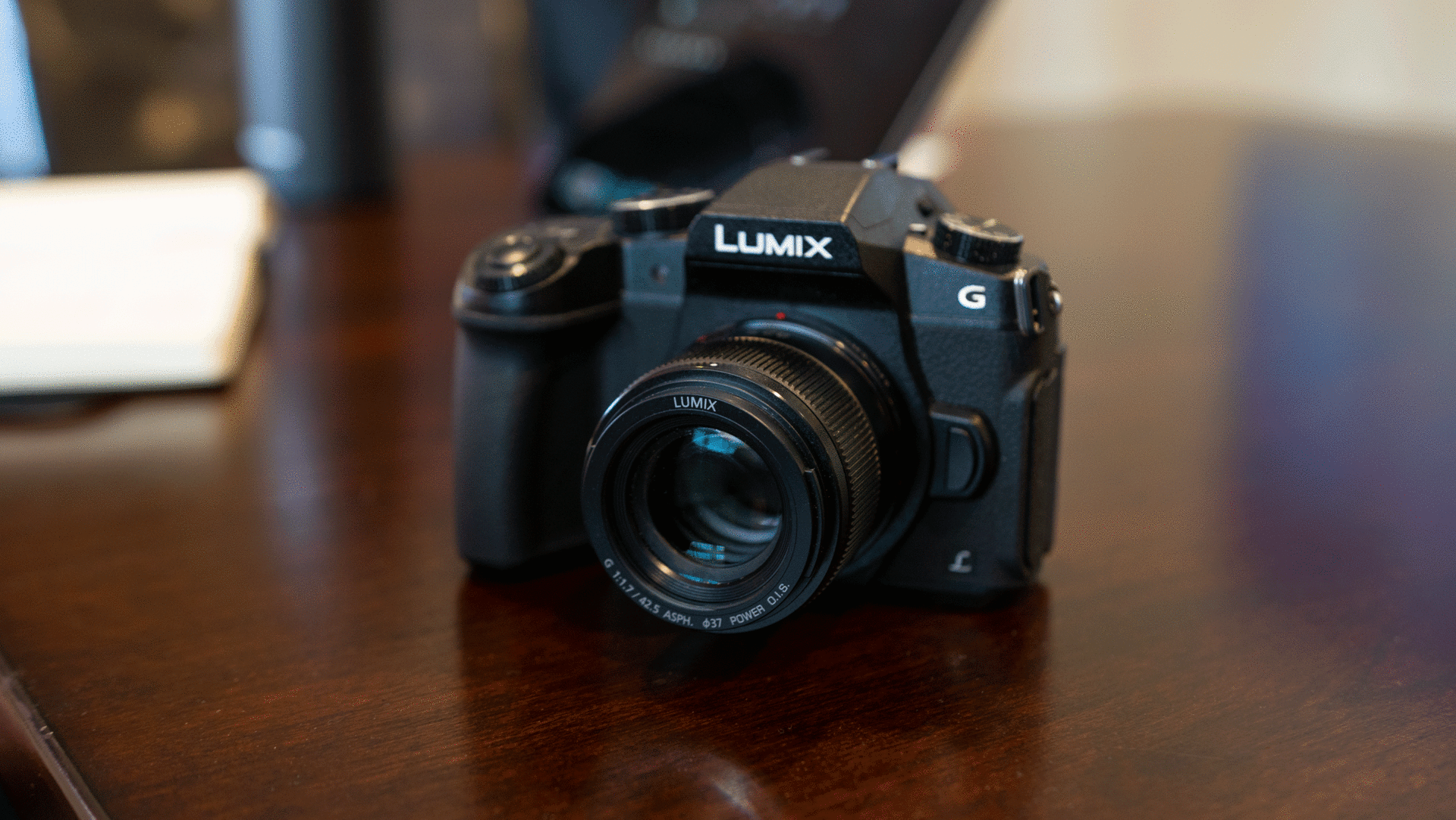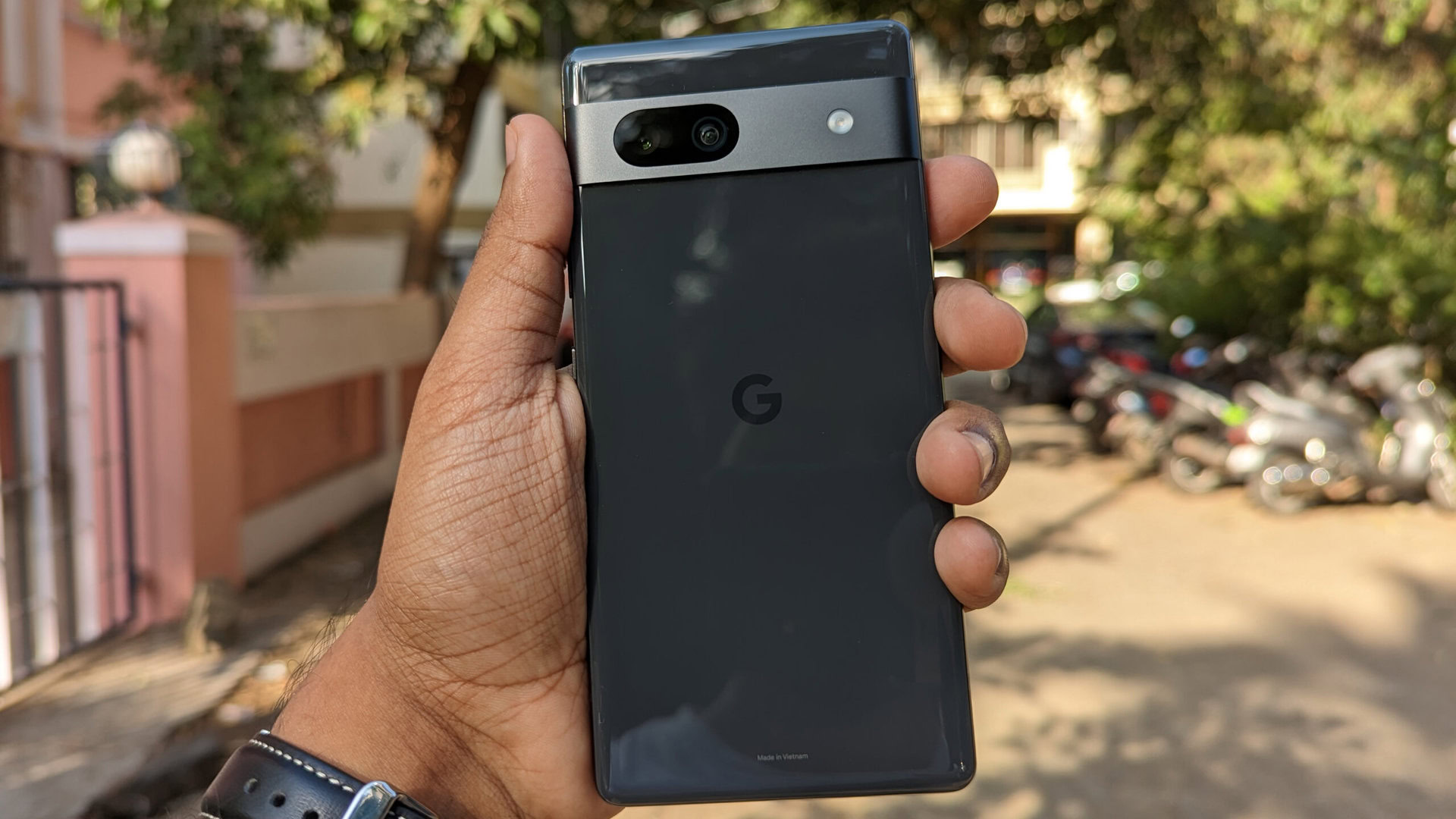Affiliate links on Android Authority may earn us a commission. Learn more.
Why camera sensor size is more important than more megapixels
Published onFebruary 28, 2024

With everyone demanding the best camera phone, image quality has become the latest smartphone arms race. And the camera sensor is where manufacturers are duking it out. While large megapixel counts are an increasingly popular trend as we’ve seen in phones like the Galaxy S24 Ultra, it’s the size of the camera image sensor that’s actually far more important. HUAWEI, Samsung, and others are also making a bigger deal out of the larger image sensors packed into their smartphones in recent generations. But why is camera sensor size seemingly so crucial to take the best photos?
To understand why, we need to go right back to the fundamental principle of taking pictures — light capture. A bigger sensor captures more light than a small one, and more light produces better-looking pictures. But there’s a little more to it than that, especially in the age of computational photography.
Editor’s note: This article was originally published in March, 2020 and has been updated to reflect recent developments in large camera sensors.
Why does camera sensor size matter?
At a basic level, sensor size determines how much light the camera has available to create an image. While resolution plays a role in detail, it’s the amount of light captured that determines a camera’s exposure balance, dynamic range, and even sharpness. This is why 16MP and 20MP DSLR cameras still look better than today’s 200MP smartphones.
Large sensors result in higher dynamic range and cleaner images.
Most smartphone sensors typically measure just 1/2.55 inches or about 1cm across, although higher-end smartphones are increasingly packing in 1/1.31-inch and larger sensors. By comparison, DSLR camera sensors clock in above an inch across, easily making them 4 or 5 five times the size. Smartphone sensors are simply tiny by comparison, although a few brands are closing the gap on the traditional point-and-shoot sensor size. The Sony Xperia Pro-I, Xiaomi 14 Ultra, and others are some of the mobile industry’s largest at 1-inch diagonal.
The bigger the sensor, the more light it captures for a set shutter speed, ISO (exposure sensitivity), and aperture. While you can offset small sensor drawbacks using a longer exposure for more light, this makes pictures more susceptible to blur from handshake and scene movement. blur reduces image sharpness regardless of the sensor’s resolution. Similarly, wider aperture lenses are harder to build without introducing lens distortion artifacts, not to mention altering the field of view. As you probably guessed, more light makes larger sensors much better at low-light photography than smaller ones too.
Camera photosites, the bits responsible for converting a scene into electrical signals, love light. These can be arranged in different ways depending on the sensor. Newer smartphones used traditional Bayer sensors that are equivalent to one pixel per photosite. Although modern high-resolution phone cameras have turned to Quad Bayer sensors that are more axin to four or even nine pixels per photosite. In other words, four pixels share a single color filter, which, through a technique called pixel binning, imitates the attributes of larger photosites. More on that later.
Either way, the more light photosites receive, the better the dynamic range (perceivable steps between light and dark) they can produce. Think of it like a “certainty” that any given pixel was lighter or darker than its neighbor. It’s much easier to judge that with lots of light hitting the sensor and minimal noise.
Photosites vary in size depending on the resolution of the camera and the size of the sensor. Keeping sensor size constant means that photosite size shrinks as resolution increases. Alternatively, for a set resolution, the larger the photosites go, the larger the sensor becomes.
This is important to note as photosites are crammed together in small sensors. Their close proximity means that occasionally light from one pixel leaks into an adjacent pixel. This is sensor noise and often shows up quite clearly in low-light pictures and in solid colors like a blue sky. Smaller sensors and small photosites increase noise and decrease dynamic range. Samsung attempts to address this issue with its ISOCELL camera sensor technology.
Are larger camera sensors better?

With the move to larger and larger resolutions (now above 100MP), bigger camera sensors have never been more important. Keeping pixel sizes reasonable is essential to maximizing the resolution potential of 48, 64, and 108MP cameras. Although we’re yet to see a smartphone camera that extracts the full level of detail you’d expect from these numbers. Even so, these sensors are capturing more detail than ever in good lighting.
A recent trend in the mobile space is pixel binning technology, allowing these high-resolution sensors to combine pixels for better light capture. These larger sensors, and by extension larger pixels, are vastly improving the quality of low-light photography. This results in less noise and much better colors, even in dimly lit environments. Quad Bayer pixel-binning cameras can also produce impressive HDR images.
Larger sensors are a driving force behind better low light shots.
Bigger sensors have an impact on the look and quality of your shots beyond just resolution. As we mentioned before, faster shutter speeds and lower ISO ensures that your images look crisp and sharp. You also don’t need such a wide aperture to capture lots of light, reducing the chances of lens distortion, such as purple haloing from the chromatic aberration.
Bigger sensors also impact image focal length which, in part, produces that fancy-looking bokeh blur effect we associate with DSLRs, where the subject appears isolated and the rest of the image is blurred. For a set aperture, the depth of field narrows as the sensor size increases, creating a more noticeable foreground and background blur. While small mobile sensors can’t rival the effect available from DSLR, larger sensors help to close the gap.
Smartphone sensors compared
To showcase the wide range of image sensors currently available in the smartphone space, we’ve tracked the main sensor sizes across a range of high-end phones over the past couple of years.
It took until 2020/2021 for a good number of smartphone cameras to surpass the 1/1.5 inch sensor size offered by 2013’s Nokia Lumia 1020, a historic titan of mobile photography. Larger sensors certainly aren’t a new idea, but companies are now prepared to embrace the aesthetic compromises that go hand in hand with bigger sensors.
It’s also noteworthy that older flagships like the Google Pixel 5 and iPhone 11 rank at the bottom of modern flagship sensor sizes, yet were regarded as some of the best camera phones of their generation. Clearly, sensor size isn’t everything when it comes to taking a great picture. Computational photography and intelligent software can certainly help to improve image quality too.
How important is a smartphone’s camera sensor size?

Larger image sensors are an important part of the mobile photography puzzle, but they’re not the only piece. A great quality camera also requires a brilliant lens, a powerful image processing chain, and software that lets you get the most out of the hardware as easily as possible. It’s essential to look at the whole package, not just one part or big numbers on a spec sheet.
Smartphone camera quality is also increasingly driven by advances in computational photography and machine learning. See the affordable Google Pixel 7a, which continues to punch above its weight despite sporting an old and small sensor. Smart software can beat raw megapixels for image quality. Even so, there’s only so much that great software can do with poor hardware. Intelligent cameras need a solid base to build from, and image sensor size is the essential ingredient in the race to better smartphone cameras.